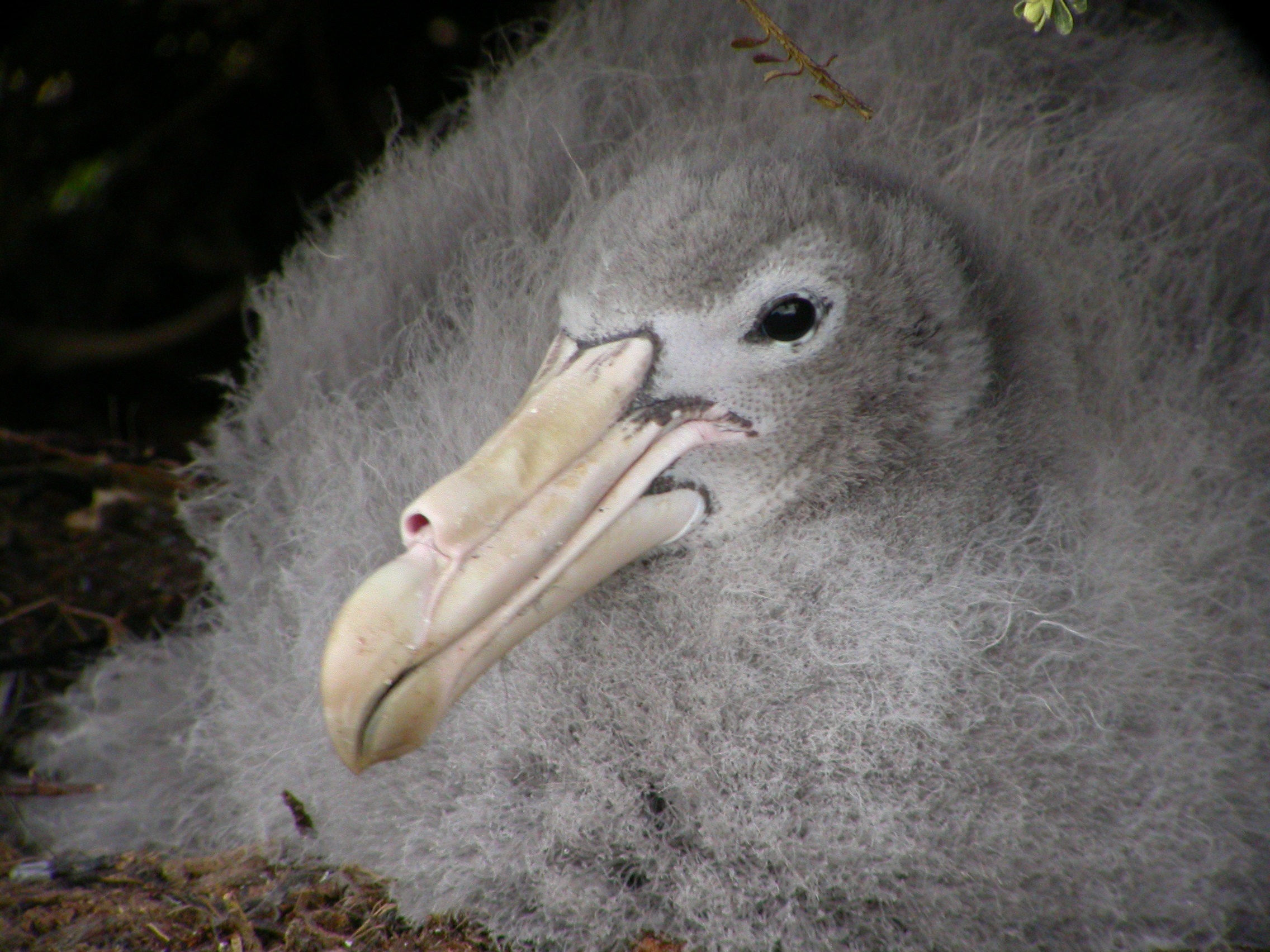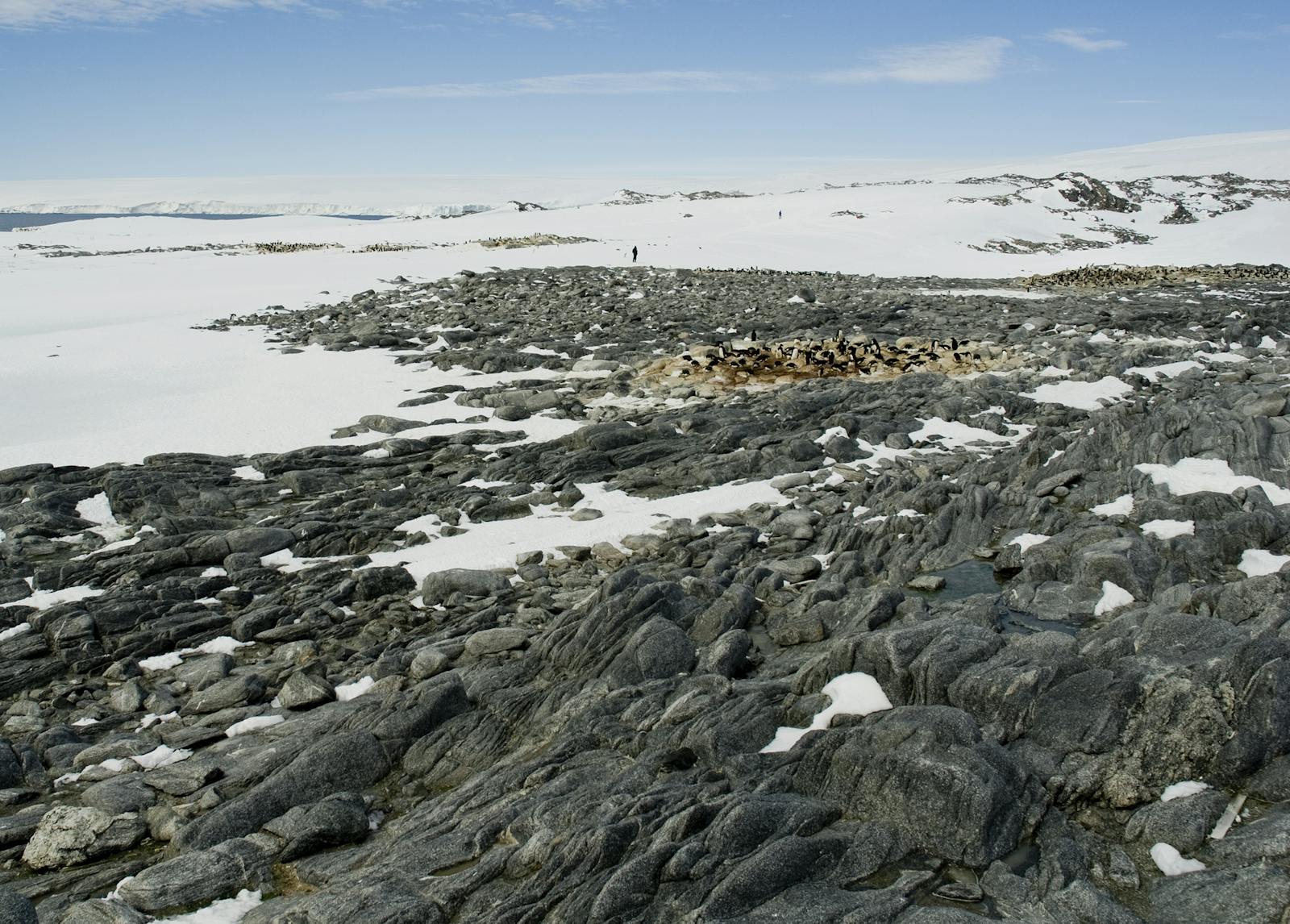East Antarctic Tundra
The ecoregion’s land area is provided in units of 1,000 hectares. The conservation target is the Global Safety Net (GSN1) area for the given ecoregion. The protection level indicates the percentage of the GSN goal that is currently protected on a scale of 0-10. N/A means data is not available at this time.
Bioregion: Continental Antarctica (AN1)
Realm: Antarctica
Ecoregion Size (1000 ha):
N/A
Ecoregion ID:
120
Conservation Target:
N/A
Protection Level:
N/A
States: Antarctica
The East Antarctica Antarctic tundra, although isolated, is relatively rich in biodiversity. This ecoregion is composed of ice-free patches of land distributed along of the east Antarctic coastline, stretching for over 2,500 km. At just over 1,000 km, it is one of the smaller Antarctic ecoregions. Most of the ice free areas are relatively low lying with an average height of just 116 m and rising to a maximum height of just over 1,400 m. The ecoregion covers the areas traditionally known as Princess Elizabeth Land, Wilhelm II Land, Queen Mary Land, and Wilkes Land, and includes the Vestfold Hills, the Bunger Hills, and numerous offshore islands (for example the Windmill Islands).
Although small and patchily distributed, the region includes some of the best developed terrestrial vegetation in continental Antarctica, particularly in the vicinity of the Windmill Islands, with substantial lichen-dominated vegetation and moss communities in lower lying areas that have a reliable moisture supply.

The flagship species of the East Antarctic Tundra ecoregion is the southern giant petrel. Image credit: Creative Commons
The extensive fields of moss are some of the most impressively vegetated sites on the Antarctic continent, with continuous moss banks often stretching over extensive areas of the landscape. Thirty-two species of moss have been recorded from the region, and over 120 species of lichen. Schistidium antarcticum is a moss species with high water-holding ability commonly found in this ecoregion. Invertebrate fauna is relatively well represented, with nematodes, tardigrades, and several species of mites; more recently a species of springtail was identified for the first time from the region, from moss samples taken from near Casey Station.
In terms of higher vertebrates, 30 colonies of Adélie penguins have been recorded, with over 420,000 breeding pairs estimated across the region. Two very large colonies (>100,000 breeding pairs) occur in the south Vestfold Hills area and the Rauer Islands respectively. The Vestfold Hills are also renowned for their remarkable diversity of lakes. Southern giant petrels breed on Hawker Island, also near the Vestfold Hills, and form the southernmost breeding colony of this species globally.
Tourists very rarely visit this ecoregion and no visits have been recorded in the last few years. There are seven scientific stations in the ecoregion, including the Australian bases Casey and Davis, the Russian stations Druzhnaya 4, Progress 2, and Mirny, and the Chinese station Zhongshan. Over 400 scientists visit these stations collectively each year. The region is well represented by eight Antarctic Specially Protected Areas, seven of which are designated for the protection of biodiversity values, although they still only account for less than 4% of the total area and protect less than 50% of species known to occur there.
Recent research has highlighted the effects of climate change on the iconic moss beds of the region and, together with the increasing human activities and associated infrastructure, priority conservation actions for the next decade are to: 1) undertake research into understanding and mitigating impacts of human activity on the environment; 2) implement and improve the systematic conservation planning processes, including research that helps to identify vulnerable areas and species that are in need of protection; and 3) ensure a stable and functional Antarctic Treaty system to maintain the overall protection of the continent.
Citations
Terauds, A., S. L. Chown, F. Morgan, H. J. Peat, D. J. Watts, H. Keys, P. Convey, and D. M. Bergstrom. (2012) Conservation biogeography of the Antarctic. Diversity and Distributions 18:726-741.
Terauds, A., and Lee, J. R. (2016) Antarctic biogeography revisited: updating the Antarctic conservation biogeographic regions. Diversity and Distributions 22:836-840.
Chown, S.L. & Convey, P. (2007) Spatial and temporal variability across life’s hierarchies in the terrestrial Antarctic. Philosophical Transactions of the Royal Society B: Biological Sciences, 362: 2307–2331.



